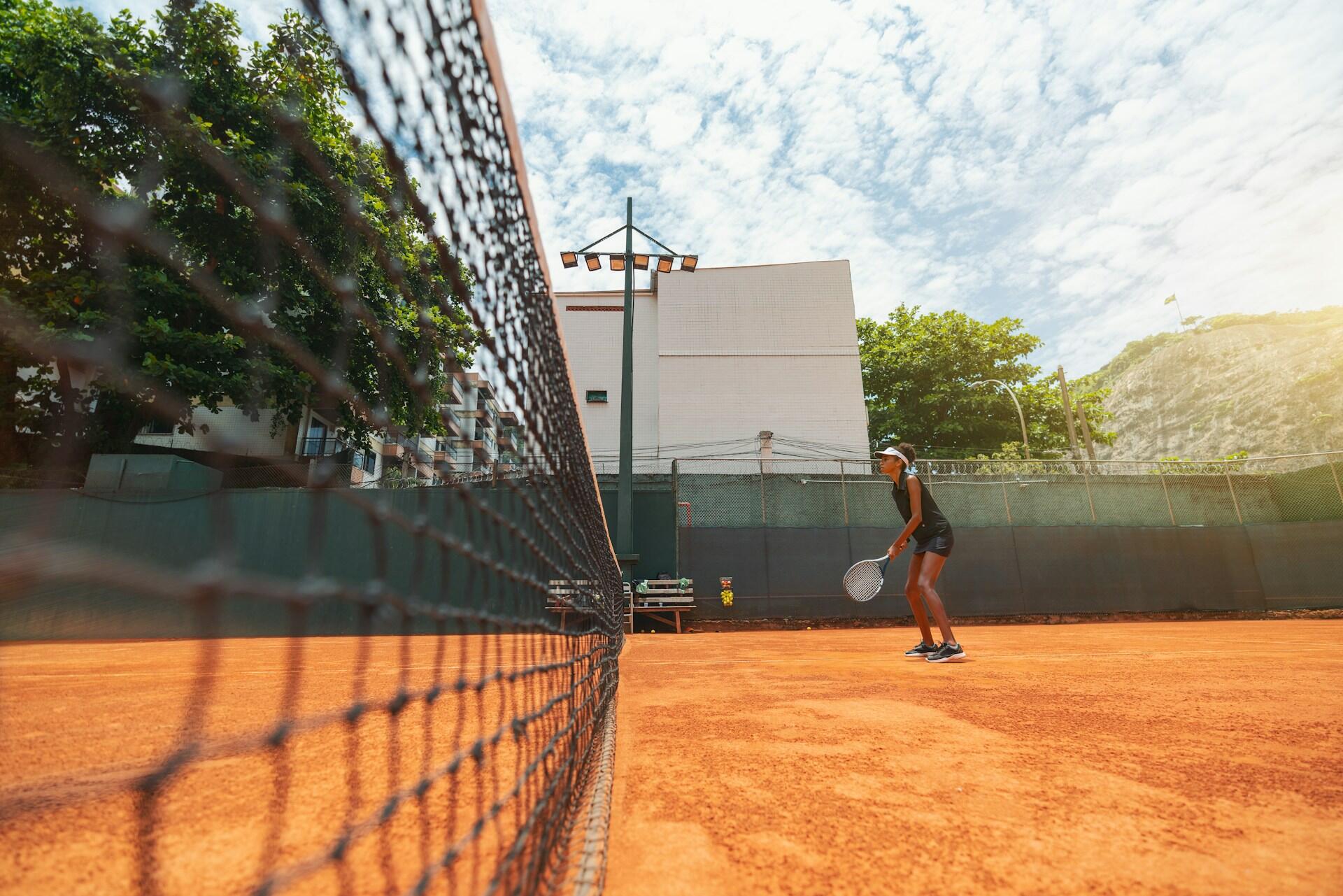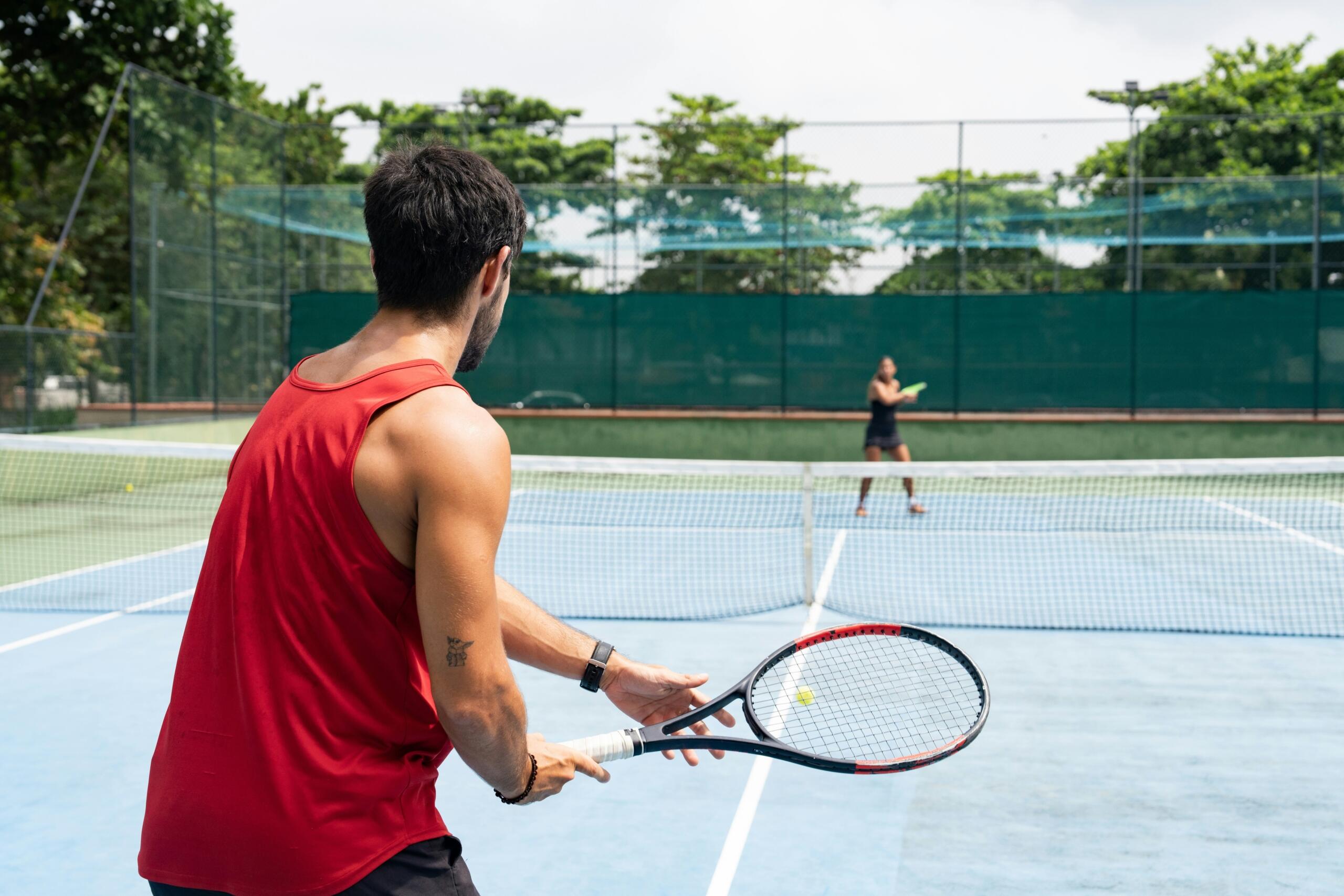Tennis Grand Slam events aren’t just tournaments - they’re demonstrations of culture, style, and personality. From the big, out-there energy of the US Open to the famous class of London's very own Wimbledon, each slam has its own unique characteristics. But which one best matches you? Are you a trailblazer like the Australian Open, a dreamer like the French Open, or do you thrive on bravado like the US Open?
Take this quiz to uncover your inner Grand Slam and see which tournament truly reflects your quirks! Your Grand Slam awaits. Let's get started!
Quiz
Quiz :Congratulations! Now you know your Grand Slam personality - whether you’re as brass as the US Open, as slick as Wimbledon, as passionate as the French Open, or as lively as the Australian Open - the court is yours! 🎾

The 4 Main Tennis Court Surfaces

Clay courts, often associated with the French Open, are unique for their slow pace and high bounce, favouring players with patience and strong baseline skills. Made from crushed brick or shale, clay surfaces demand endurance and strategy, as points are often longer and more physically demanding.
Grass Courts
Grass courts are the fastest surface in tennis, offering low, skidding bounces that reward serve-and-volley players and those with quick reflexes. Grass courts require meticulous maintenance and are most famously associated with Wimbledon, the oldest tennis tournament in the world.
In 2008, Roger Federer and Rafael Nadal battled in what is widely considered the greatest Wimbledon final ever. Nadal ultimately triumphed in an epic five-set match that lasted nearly five hours.

Hard Courts

Hard courts are the most common surface in tennis and are known for their balanced playing conditions. They provide a neutral bounce and consistent speed, making them a favourite for players with all-around skills. Hard courts are typically made of asphalt or concrete coated with acrylic layers, offering a durable and uniform playing surface.
One of the most iconic hard-court moments came at the 2001 US Open when Serena Williams and Venus Williams faced off in the final, marking the first-ever Grand Slam championship match between sisters in the Open Era.
Hard courts are versatile and widely used in tennis, but not all hard courts feel or play the same. The pace of a hard court depends on its surface texture and, ultimately, the materials used in its construction.
Fast Hard Courts:
Fast hard courts have smoother surfaces and less friction, letting balls skid and travel at greater speeds. These courts favour more aggressive players. The US Open is a prime example of a fast, hard court, rewarding bold shot-making and sharp reflexes.
Slow Hard Courts:
On the other hand, slow hard courts have a slightly coarser texture, creating more friction and a bounce. This slows the pace of play, giving those baseline players more time to react and engage in longer rallies. The Australian Open uses slower hard courts, making it a battleground for endurance and strategic play, hence the personality traits associated with our quiz!
Iconic Moments Of Tennis Grand Slams
Each Grand Slam tournament awards 2,000 ranking points to the winner, reflecting their prestige and significance in the tennis world. Curious to learn more about the history, traditions, and iconic moments of the tennis Grand Slams? The video also delves into the unique characteristics of each tournament, including their histories, playing surfaces, and cultural significance, offering viewers a comprehensive understanding of these cornerstone events in professional tennis.















